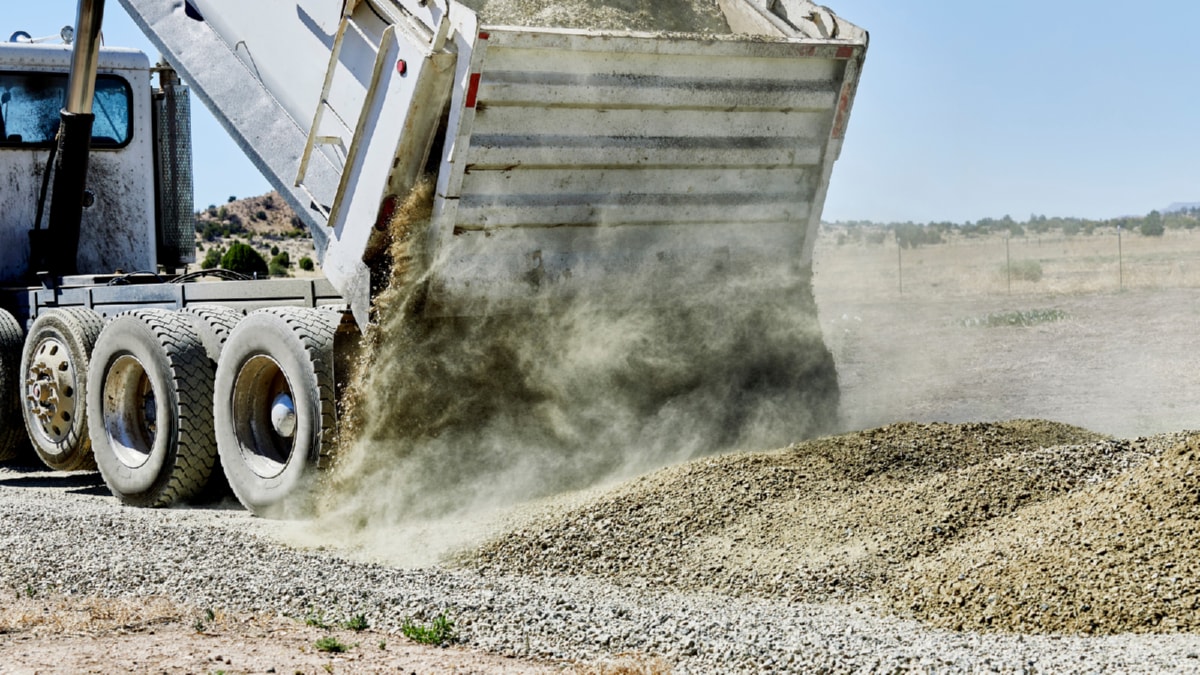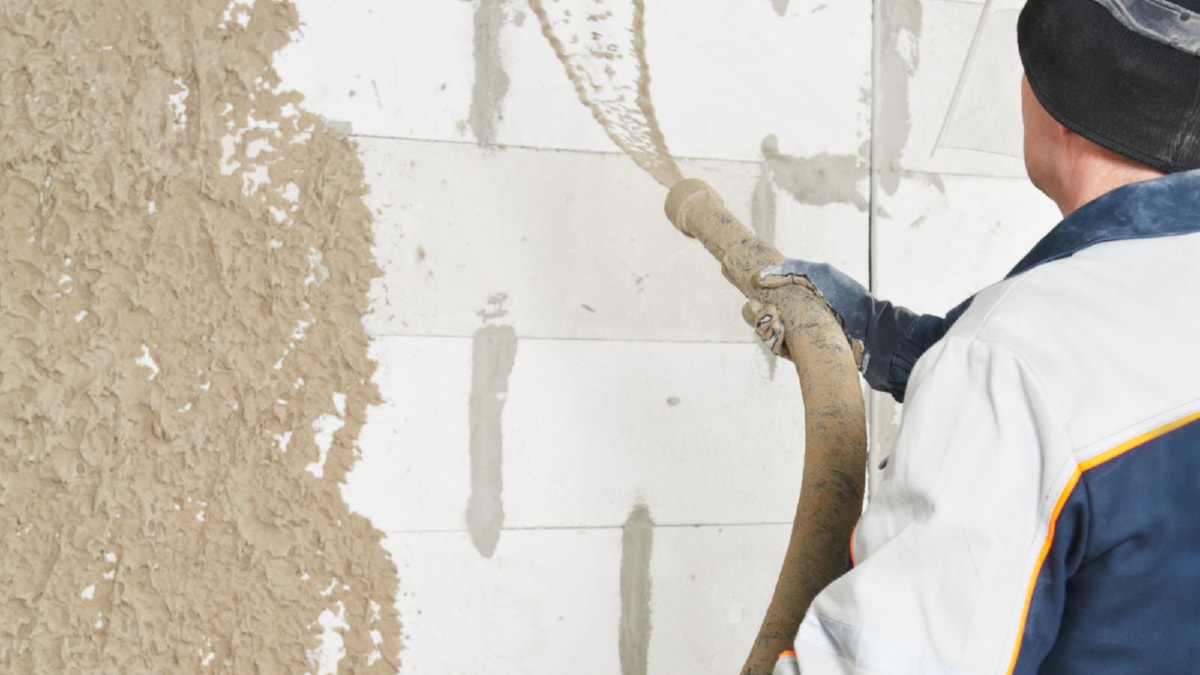Deciphering the Variety of Materials Used in Construction
The selection of the right construction materials is a critical factor in the overall success of any construction project. It’s not just about the strength and durability; the cost-effectiveness and aesthetic appeal of the materials also play a significant role.
There are several types of construction materials, each with its unique characteristics. Among the most frequently used are concrete, steel, wood, and bricks. Concrete, for instance, is known for its durability and strength. It’s a versatile material that can be used in various parts of a construction project, from the foundation to the walls and ceilings.
Steel, on the other hand, is renowned for its high tensile strength and flexibility. It’s a popular choice for building large-scale structures and buildings due to its ability to withstand heavy loads and resist natural disasters.
Wood is a classic construction material that provides a natural and warm aesthetic to any structure. It’s often used in residential buildings for its inviting appeal and natural insulating properties. However, wood requires regular maintenance to prevent rot and pest infestation.
Bricks, meanwhile, are lauded for their fire resistance and sound insulation. They are typically used in walls and partitions, offering a timeless and rustic appeal.
Having knowledge about the characteristics of each construction material is crucial in making an informed decision when choosing the right materials for your construction project. It’s important to consider not only the functional aspects but also the sustainability and environmental impact of the materials.
Understanding Technology’s Influence in Today’s Construction Industry
In recent years, technology has played an increasingly significant role in the construction industry. It has drastically changed the way we design, plan, and execute construction projects, improving efficiency, safety, and sustainability.
One of the most notable technological advancements in construction is Building Information Modeling (BIM). BIM is a 3D model-based process that gives construction professionals comprehensive insight into a building project, enabling better decision making throughout the construction lifecycle.
Another significant technology is drones or Unmanned Aerial Vehicles (UAVs). These devices provide aerial imagery and data, assisting in site inspections, progress tracking, and safety monitoring.
3D printing technology has also found its way into construction. It allows for the creation of complex designs and components, reducing waste, and accelerating the construction process.
Moreover, the rise of smart and sustainable technologies, like green building and energy-efficient systems, is shaping the future of the construction industry. These technologies aim to reduce the environmental impact of construction activities while improving the energy efficiency of buildings.
Adopting these technological advancements is crucial for construction firms to stay competitive in the modern construction landscape. They not only streamline processes but also enhance project outcomes, making them a valuable asset in the construction industry.
For more details, check best Clean & Seal Tarmac Kildare Galway Limerick Mayo Offaly or visit their Clean & Seal Tarmac Kildare Galway Limerick Mayo Offalybusiness listing here.




